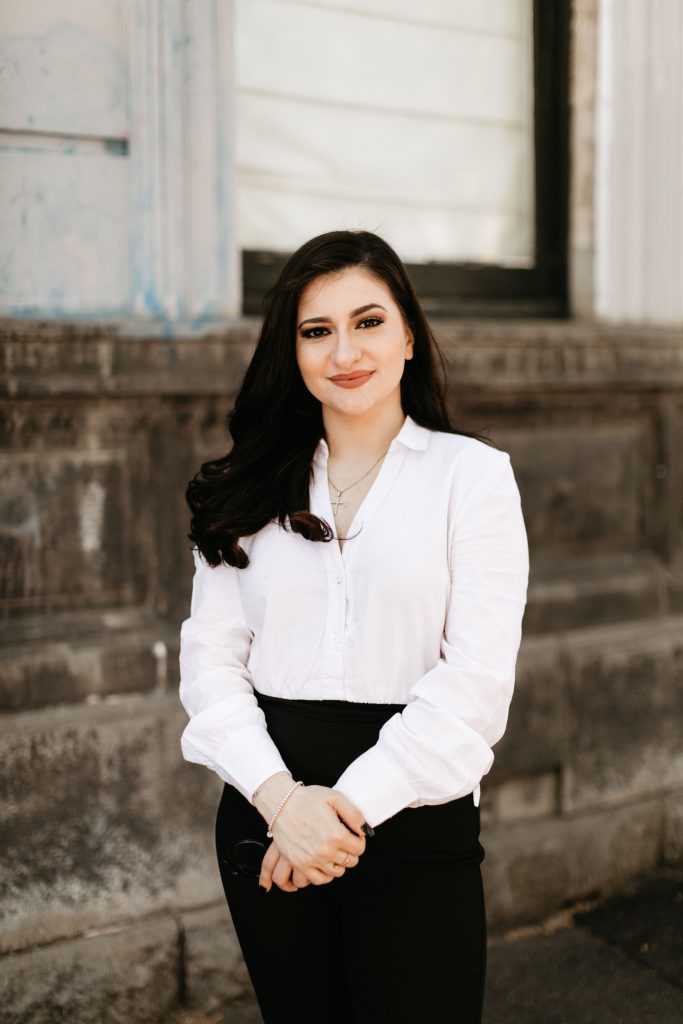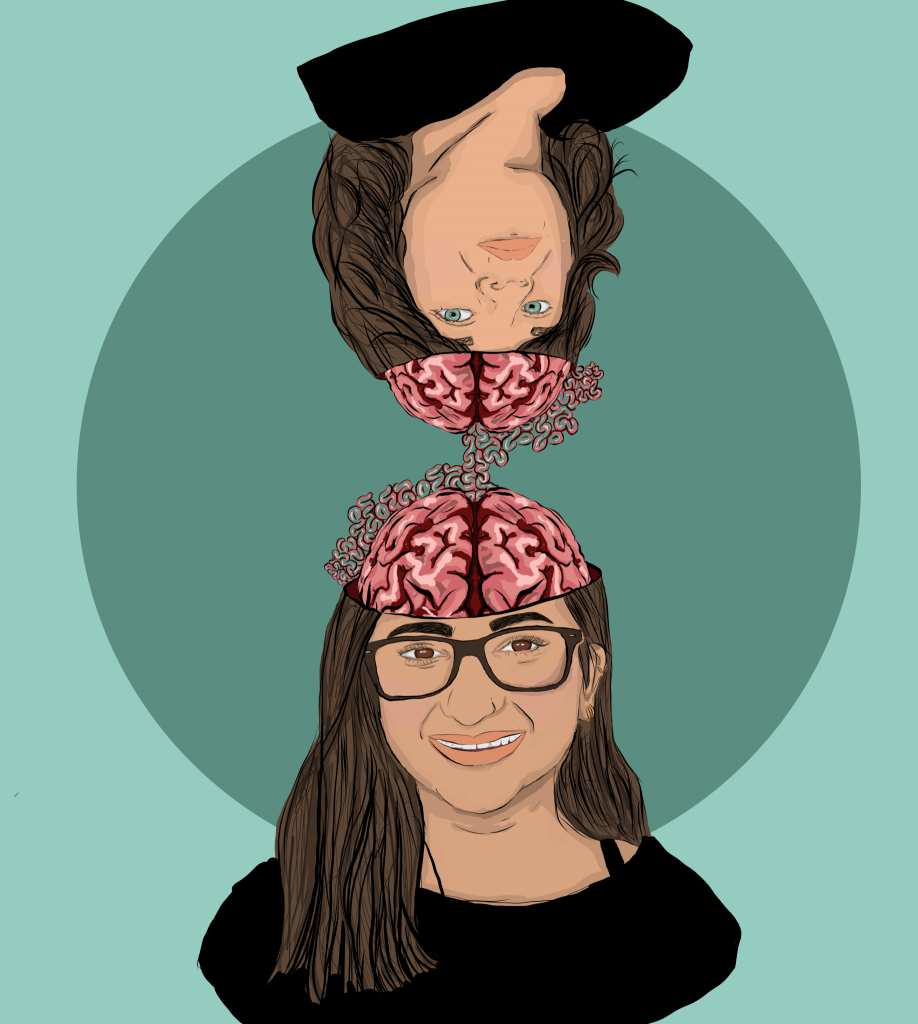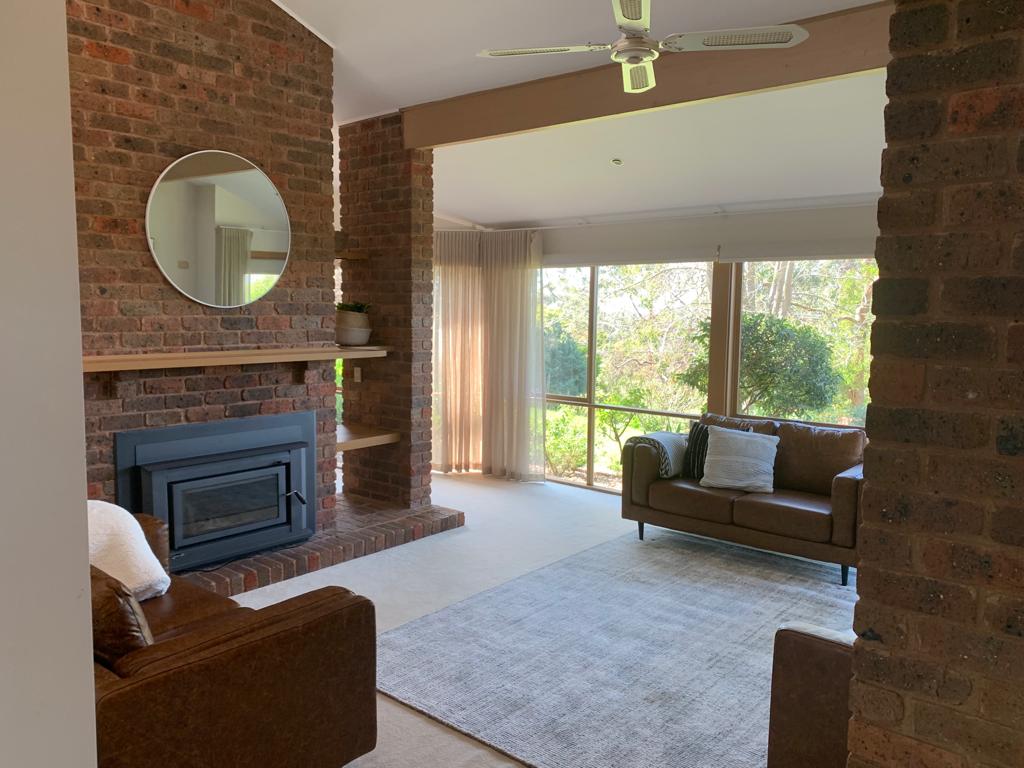
Interior architectural designer Ilianna Ginnis to discuss cognition in design at MPavilion
Interior architectural designer Ilianna Ginnis to discuss cognition in design at MPavilion
Share
Interior architectural designer, disability advocate and Ph.D. candidate at Monash University Ilianna Ginnis will bring cognition to the discussion table in design practice this Sunday at MPavilion.
In collaboration with Monash University’s head of industrial design Dr Kanvar Nayer, Ginnis will present a hands-on workshop around dementia and disability within the design industry, while sharing her thoughts about current contributions and the importance of collaboration.

Last year, Ginnis developed a home for the nonverbal in which she limited her role to that of facilitator.
The home was designed by asking a series of questions about nonverbal communication and how the house can help foster gestures, pictures, textures and behaviour as a form of communication.
Born in Greece, Ginnis says her first experience with sensory architecture was with her sister, Michelle, who had intellectual disabilities and was a non-verbal communicator.
“My sister would tap on the light because she wanted it to work in a certain pattern, and her teacher or the operator would go and switch on the lights. She couldn’t control them herself. She had to rely on a neurotypical adult.
“And I remember thinking, ‘Wow, architecture is really delayed in this area’. Even in their own sensory room, a nonverbal person doesn’t have a voice and their needs and desires still aren’t being met.

“It was quite a complicated design process, but the whole house was designed by the five nonverbal participants themselves. I communicated various materials and options – via their preferred means – but they made the decisions,” says Ginnis.
With this in mind, the MPavilion workshop will look into the similarities between dementia and disability.
The event will explore the significance of personalisation, the person’s interests, simplistic forms of communication, and focus on personal strengths and the inclusion of their support network.
The workshop will role-play focusing on four personas with dementia and disability, and collaborate with designers, family members, allied health professionals and other members.

Ginnis and Nayer will then look at specific personas and create ways in that inclusivity can meet specific individual needs.
Ginnis hopes people will walk away with a greater understanding of cognition, and the potential for inclusion by applying an “empathetic design approach.”
“We live in a neurotypical world where structures and social structures are built on neurotypical forms of communication and comprehension so that when someone nonverbal enters the room, we don’t know,” she says.
“As designers, we should be modifying buildings to implement nonverbal forms of communication. So that people who are nonverbal will not walk into a building and require immediate assistance, but can rather approach that situation with greater independence and empowerment.
“That’s designing inclusion over designing exclusion.”
Photography, drawing and graphics courtesy of Ilianna Ginnis.
Check out ADR’s MPavilion program recommendations for March!

















